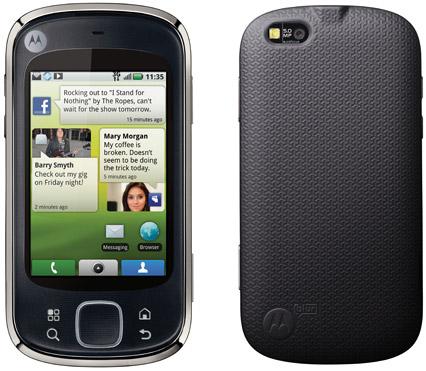
What's Good: Battery life; signal strength; thin and pocketable.
What's Bad: MOTOBLUR can be frustrating to use at times; Android 1.5 a bit long in the tooth.
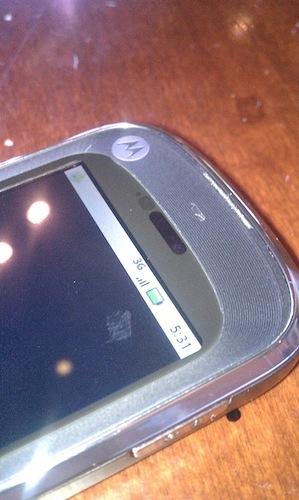
At first glance, one could find similarities between the Motorola CLIQ XT and its predecessor/older brother, the QWERTY-equipped CLIQ. As a result, several have written off the device as a revision of the original, which I find unfortunate. Truth be told, the CLIQ and CLIQ XT can coexist together. If you're a fan of touchscreen-only devices, I think there's a lot to like in this mid-range device, thanks to strong battery life, good signal strength across the board, and overall pocketability.
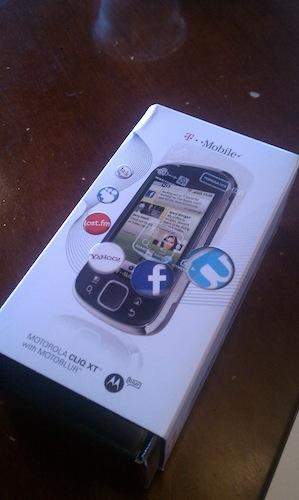
The Motorola CLIQ XT comes with the phone, battery, 2 GB microSD card, AC adapter, and USB cable (which doubles as the power cord). Motorola includes two backplates in the box: a texturized black one, and a smooth purple one. Measuring in at 4.59 inches tall by 2.33 inches wide by 0.48 inch thick, and weighing 4.4 ounces, it's perfect for stowing in a pocket, purse, or laptop bag. The 3.1-inch screen is on the smallish side when compared to other smartphones on the market, but it's still perfectly functional for most mid-range users.
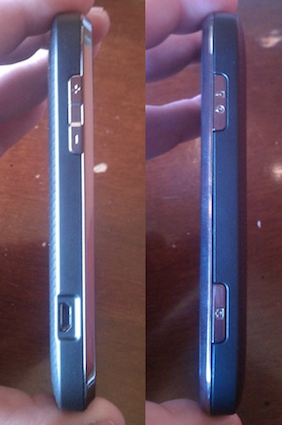
The left side of the device houses the volume rocker and microUSB charging port, while the power/lock button and a camera shortcut key can be found on the right side. The camera can be found on the back of the device, while the navigation pad/button, menu key, home key, search button, and back button are located on the front. The SIM card and microSD card slot are located just below the battery. The 3.5mm headphone jack is on the top of the unit. The device offers a small LED that glows when you have an update, message, or the battery needs to be charged. I found it to be a nice, non-obtrusive reminder.
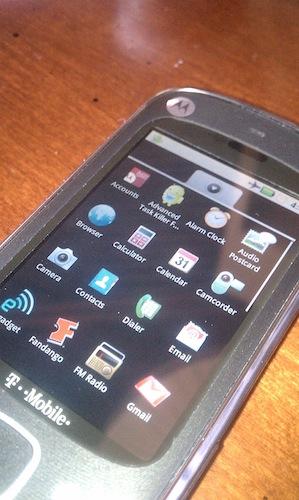
The device runs Android 1.5 out of the box. Fortunately, Motorola has committed to upgrading the CLIQ XT to Android 2.1 later in the year, so at this point it's a waiting game. The phone ships with MOTOBLUR installed, and truthfully, I continue to find MOTOBLUR to be a bit frustrating in daily use. Every individual that I introduced the device to appeared to be more confused when they handed the device back to me. Call me crazy, but overlay user interfaces are intended to make the device less challenging to use, not the other way around. I understand what Motorola's trying to do here (consolidation of social networking and general communication into one medium), but I find it to be a bit cluttered and less functional than other Android "skins" such as HTC's Sense UI.
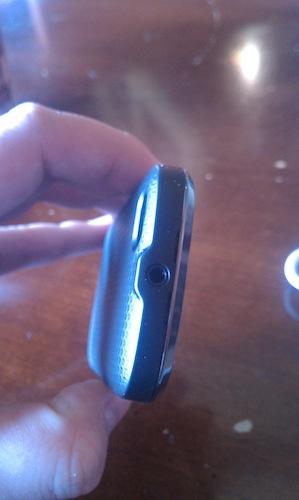
The CLIQ XT ships with the MOTOBLUR standard keyboard and Swype. Despite the screen being somewhat cramped when reading text for an extended period of time, I found the on-screen QWERTY keyboard to be very easy to use - one of my favorites, in fact. For those that like Swype, you'll be happy to know that the CLIQ XT comes pre-loaded with the keyboard. After a few days of using Swype exclusively, I found myself becoming used to "drawing" my words instead of typing them. It's fast, easy, and quite useful for those that e-mail or text message on a regular basis.
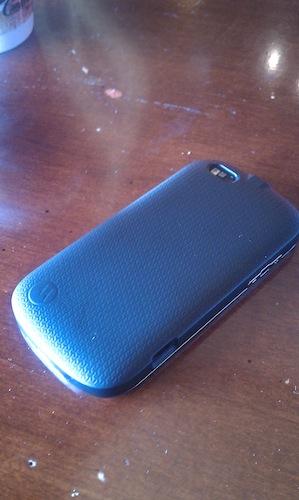
The phone offers a 5.0-megapixel camera, and in my initial testing, pictures came out well. Complete with flash, autofocus, resolution, color effects, and digital zoom, it's well equipped. There's a slight shutter lag, but it's not nearly as bad as other smartphones like the Motorola DROID and HTC DROID Eris. The camcorder took decent videos, though it's not going to replace your regular recording device.
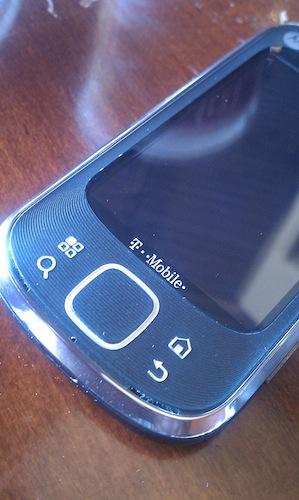
The Motorola CLIQ XT was tested in the Charlotte and Orlando metropolitan areas, and throughout testing, call quality was very good. I've experienced no dropped calls, and overall call quality is very clear and crisp. Callers were able to hear me well, and there were no problems on my end. When visiting a known T-Mobile dead spot in the Charlotte metropolitan area, the device was a bit choppy, but I was able to carry on the conversation without dropping the call. When testing the speakerphone in a noisy department store, I was able to hear my callers without issue. They noticed the loud noises around me right away, but understood most of what I was saying. I successfully paired my Plantronics Voyager Pro Bluetooth headset to the device without an issue, and callers were pleased with the overall sound quality.
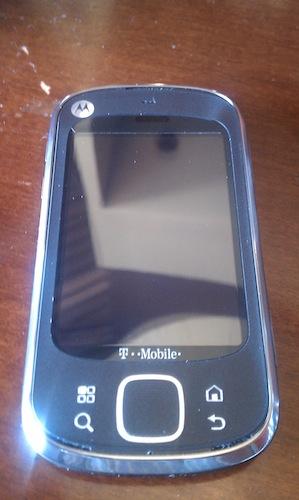
The device offers a 1420mAh battery with a rated talk time of 6.7 hours with EVDO (3G) connectivity, and about 19 days of standby time. In my testing, the battery life was very good. With moderate use including calling, text messaging, browsing the internet, and use of the Android Market, I was able to use it for two and a half days before the low battery warning flashed. For a smartphone, battery life was surprisingly decent, though it's always good to carry a car charger.
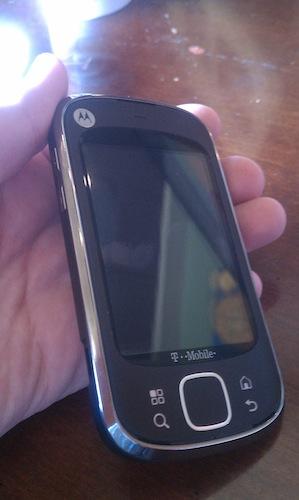
All in all, the Motorola CLIQ XT is a good mid-range Android device with a solid feature set that should appeal to many. Though one could compare the device to the original CLIQ, I find that the feature set and form factor separate it and make it an independent competitor that's worthy of a look. The thin size makes it perfect for the pocket, and the rubberized buttons at the bottom of the unit seem perfectly equipped to handle the test of time. The CLIQ XT can be had at T-Mobile retail stores and online starting at $129.99 with a new two-year agreement.